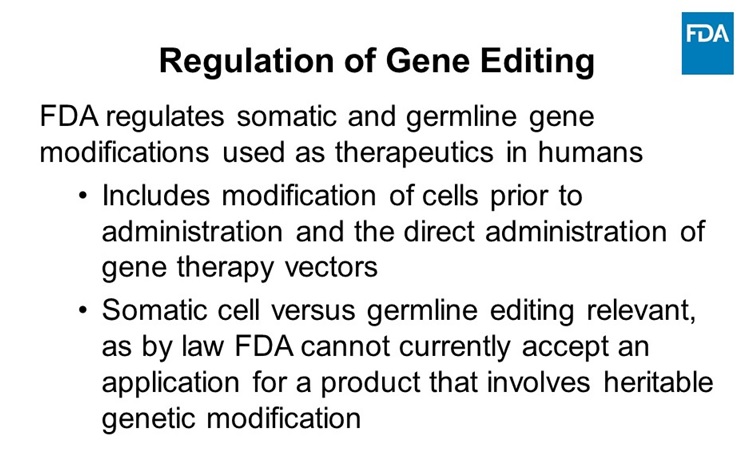Future-Proofing Legalities: Quantum-Safe Practices

Navigating the Quantum Revolution: Future-Proofing Legalities
As the world delves deeper into the era of quantum computing, legal professionals find themselves facing a unique set of challenges and opportunities. Quantum-safe legal practices are becoming increasingly essential to ensure the security and resilience of legal systems in the face of quantum advancements.
Quantum Computing’s Implications for Legalities
Quantum computing has the potential to revolutionize various industries, including law. However, with great power comes great responsibility. The sheer computational capabilities of quantum computers pose a threat to traditional cryptographic methods, raising concerns about data security and the integrity of legal processes.
The Vulnerabilities of Traditional Cryptography
Current cryptographic systems, such as RSA and ECC, rely on mathematical problems that quantum computers can solve exponentially faster than classical computers. This puts sensitive legal information at risk of being compromised. As a result, legal practitioners must proactively adopt quantum-resistant cryptographic techniques to safeguard confidentiality and integrity.
Embracing Quantum-Safe Cryptography
To future-proof legal practices, the adoption of quantum-safe cryptographic algorithms is paramount. Post-quantum cryptography, designed to withstand the computational power of quantum machines, offers a robust solution. Legal professionals need to stay abreast of these developments and integrate quantum-safe encryption methods into their communication and data storage systems.
Regulatory Landscape and Compliance
As the legal sector pivots towards quantum-safe practices, regulatory bodies play a crucial role in shaping the framework. Legal professionals must stay informed about emerging regulations and compliance standards related to quantum-safe cryptography. Adhering to these guidelines ensures a seamless transition to quantum-resistant systems while upholding legal standards.
Quantum-Safe Contracts and Transactions
Legal documents, contracts, and transactions are the backbone of the legal profession. Integrating quantum-safe practices into these processes is imperative. Quantum-resistant digital signatures and secure communication channels become essential components, mitigating the risks associated with the potential decryption of sensitive legal information by quantum adversaries.
The Role of Quantum-Safe Legal Tech
Legal technology is evolving to meet the challenges posed by quantum advancements. Quantum-safe software and platforms are emerging, offering legal professionals tools to secure their digital communications and documentations. Embracing such technologies is a proactive step toward ensuring the longevity and reliability of legal practices in a quantum-powered future.
Quantum Education for Legal Professionals
An essential aspect of preparing for the quantum future is educating legal professionals about the implications of quantum computing on their field. Workshops, seminars, and training programs focusing on quantum-safe legal practices equip practitioners with the knowledge and skills needed to navigate this transformative era.
Collaborative Initiatives and Industry Standards
Addressing quantum challenges in the legal sector requires collaborative efforts. Legal organizations, technology providers, and regulatory bodies should work together to establish industry standards for quantum-safe practices. Shared guidelines and best practices contribute to a cohesive and secure legal landscape.
Quantum-Safe Data Management
Data management lies at the heart of legal practices. Quantum-safe data storage and retrieval mechanisms are crucial for protecting sensitive legal information. Implementing robust encryption and access controls ensures that legal databases remain secure against the evolving threats posed by quantum technologies.
Future-Proofing Legal Systems
In conclusion, the quantum revolution calls for a proactive approach to future-proof legal systems. Quantum-safe legal practices, encompassing cryptography, technology adoption, education, and collaboration, are indispensable. Embracing these measures ensures that the legal profession remains resilient, secure, and adaptive in the face of quantum advancements.
To learn more about Quantum-safe legal practices, visit starmountainresources.com. Stay ahead of the quantum curve and fortify your legal strategies!







